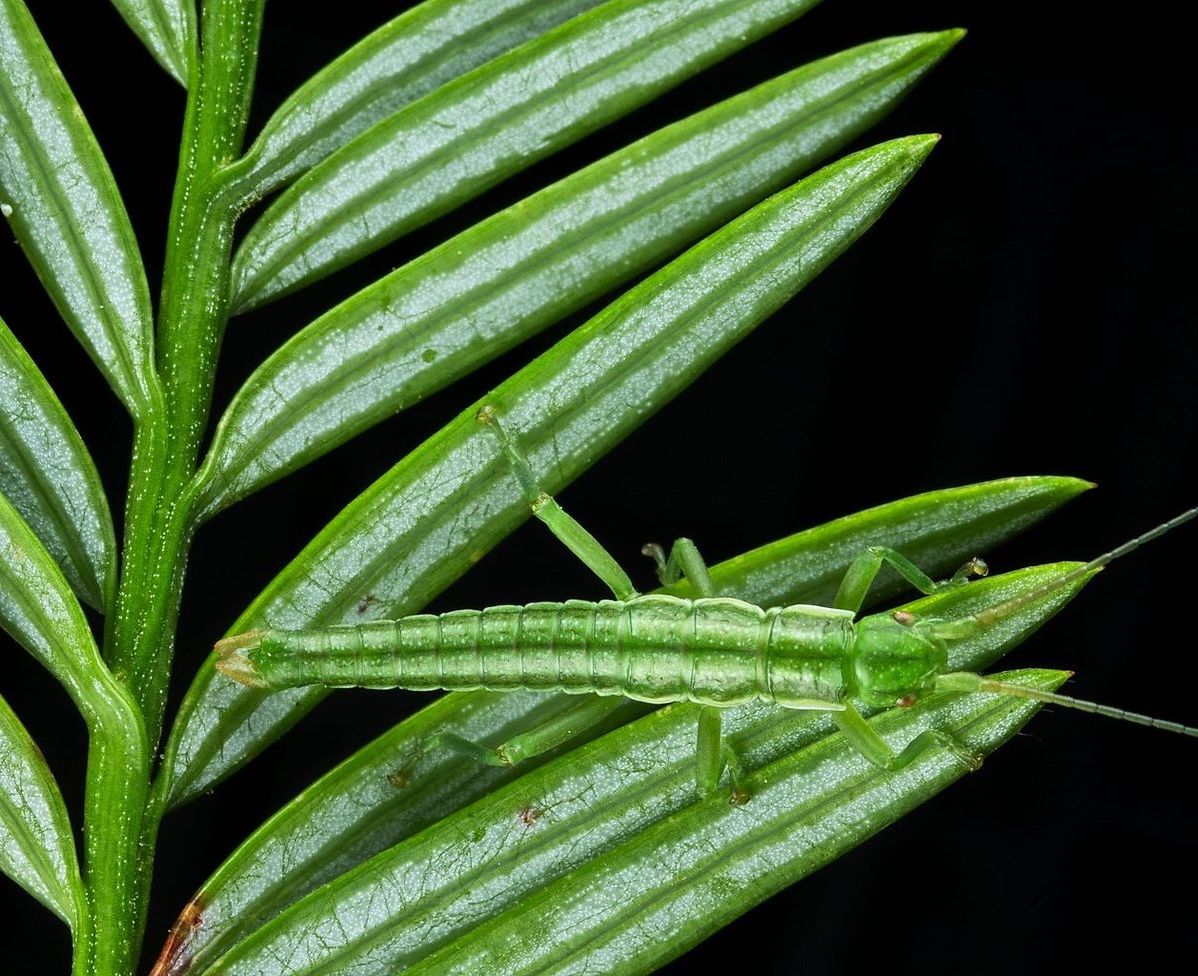 This page serves as a brief introduction to the
Identification Key.
In traditional dichotomous keys, like this one, you proceed through each pair of alternatives ("couplets") and select the one that most accurately fits the specimen you are examining.
You will either arrive at a species ID, or be directed to a different couplet farther down in the key.
This page serves as a brief introduction to the
Identification Key.
In traditional dichotomous keys, like this one, you proceed through each pair of alternatives ("couplets") and select the one that most accurately fits the specimen you are examining.
You will either arrive at a species ID, or be directed to a different couplet farther down in the key.
Important Reminders:
Most of the morphological terms used in the key are defined and illustrated on the Morphology page.
The key is intended for use with males and females only; most nymphs cannot be reliably IDed to species. HOWEVER: if you know the host plant a nymph was found on, and know exactly where it was collected, it is often still possible to assign a tentative ID, or at least narrow it down to two (or maybe three) alternatives.
BE AWARE that even though the first assumption one should always make when encountering an odd result is that one has used the key incorrectly, there are species that have not yet been discovered and/or described, as well as some parthenogenetic species for which males have never been seen (but could still potentially be found under exceptional circumstances), and ‐not surprisingly‐ specimens like these may either not key out properly, or may lead you to a species that does not seem to correspond either geographically, or in choice of host plant. As such, sometimes an odd result may be genuine, and very important; try to be as certain as possible that you have NOT made an error with the key, and if you still think the result is suspicious, then please contact the Project Specimen Coordinator!